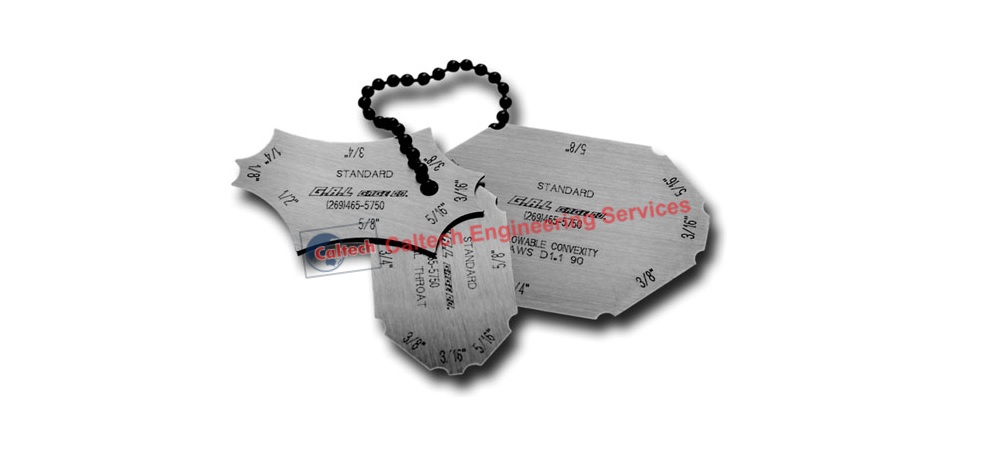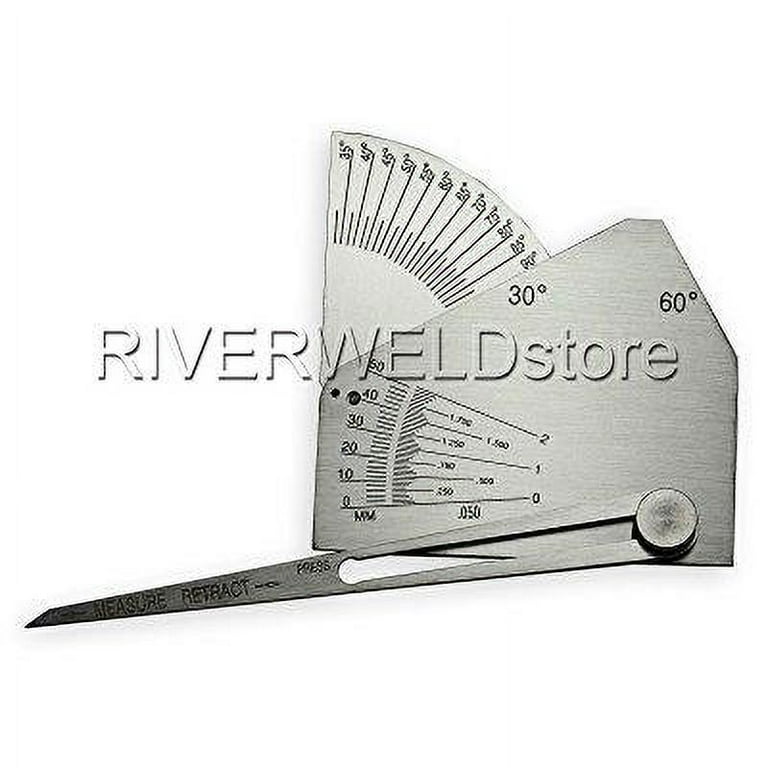Fillet Weld Layout Approaches: Enhancing Joint Performance and Aesthetic Appeal for Structural Honesty
In the realm of architectural design and manufacture, the significance of fillet weld design strategies can not be overemphasized. These methods play an essential function in not just making certain the performance and architectural stability of joints but likewise in improving the overall looks of the ended up product. By diligently considering variables such as weld account optimization, product selection, joint prep work methods, welding procedure efficiency, and visual enhancement producers, techniques and engineers can attain an unified equilibrium in between functionality and appearance in their welded frameworks. The blend of these elements not only leads to durable joints however additionally raises the aesthetic charm of the end product.
Weld Account Optimization


Accomplishing an optimum weld profile entails a thorough consideration of elements such as product density, joint setup, welding position, and preferred welding rate. Furthermore, the selection of appropriate welding parameters, such as voltage, existing, and take a trip speed, is essential in regulating the form and measurements of the fillet weld. Using sophisticated welding methods, such as pulse welding or robot welding, can further fine-tune the weld profile to meet specific style demands and top quality standards.
Basically, weld account optimization is a basic aspect of fillet weld design that straight affects the overall performance and dependability of welded joints in architectural applications.
Material Option Considerations
When considering product choice for fillet weld layout, the compatibility of the base metals is a critical factor affecting the architectural stability of the joint. It is important to choose products that not just bonded with each other efficiently yet likewise possess comparable mechanical residential or commercial properties to ensure the load is evenly dispersed between the weld and the base steels. Welding products with vastly various homes can bring about issues such as stress and anxiety concentrations, early joint failure, or splitting.
Additionally, the environment in which the bonded structure will run need to be taken right into account when choosing materials. Elements like deterioration resistance, temperature level changes, and direct exposure to chemicals can all influence the long life and performance of the weld joint. By choosing materials that are suitable for the designated application and environment, the total resilience and integrity of the welded joint can be considerably improved.
Therefore, comprehensive factor to consider of product compatibility and ecological factors is extremely important in making certain the weld joint's strength, durability, and total architectural honesty.

Joint Preparation Strategies
Taking into consideration the vital duty product option plays in ensuring the architectural integrity of fillet weld joints, it is crucial my response to carry out specific joint prep work strategies that enhance the link in between the base metals. Joint prep work is a critical step that straight affects the quality and toughness of the weld.
Additionally, tack welding the parts in location prior to resource the last weld aids maintain alignment and minimizes distortion throughout the welding procedure. By thoroughly complying with these joint preparation methods, welders can enhance the total performance and aesthetic appeals of fillet weld joints while ensuring architectural stability.
Welding Process Effectiveness
Efficient welding processes are vital for achieving ideal productivity and top quality in fillet weld fabrication. Processes like gas metal arc welding (GMAW) and flux-cored arc welding (FCAW) are generally made use of for fillet welds due to their versatility and speed.
In addition, making certain appropriate devices arrangement and maintenance is critical for effective welding. Regular calibration of welding devices, assessment of consumables, and upkeep of welding lanterns can stop downtime and revamp, inevitably saving time and sources. Furthermore, utilizing knowledgeable welders with expertise in the certain welding procedure being made use of can substantially impact efficiency. Well-trained welders are much more experienced at readjusting specifications, fixing problems, and maintaining constant weld top quality.
Aesthetic Enhancement Methods
To maximize the quality of fillet weld manufacture, implementing aesthetic improvement techniques can play a critical function in ensuring precision and precision during the welding procedure. Visual aids such as weld dimension determines and multiplying lenses can help in assessing weld profiles and dimensions properly. By incorporating these visual improvement approaches into the welding process, welders can accomplish not just structurally audio fillet welds however additionally visually appealing outcomes that fulfill industry criteria.

Final Thought
To conclude, enhancing fillet weld layout involves mindful consideration of weld account, product choice, joint prep work, welding process performance, and aesthetic enhancement techniques. By carrying out these techniques, structural integrity can be enhanced while additionally attaining aesthetic allure. It is vital to focus on both performance and aesthetics in fillet weld layout to make sure the general high quality and durability of the joint.
By thoroughly considering variables such as weld profile optimization, product choice, joint preparation strategies, welding process see page effectiveness, and aesthetic enhancement designers, techniques and fabricators can accomplish an unified equilibrium in between functionality and look in their bonded structures.In the realm of fillet weld design, maximizing the weld profile plays a crucial role in making certain structural honesty and efficiency. The weld account, which includes the size and form of the weld cross-section, directly influences the circulation of stress and load-bearing capability within the joint. It is important to choose materials that not only bonded with each other properly yet likewise have similar mechanical properties to ensure the tons is evenly distributed between the base and the weld metals - Gauge Fillet Weld.In verdict, optimizing fillet weld design includes mindful factor to consider of weld account, material option, joint preparation, welding procedure efficiency, and aesthetic improvement techniques